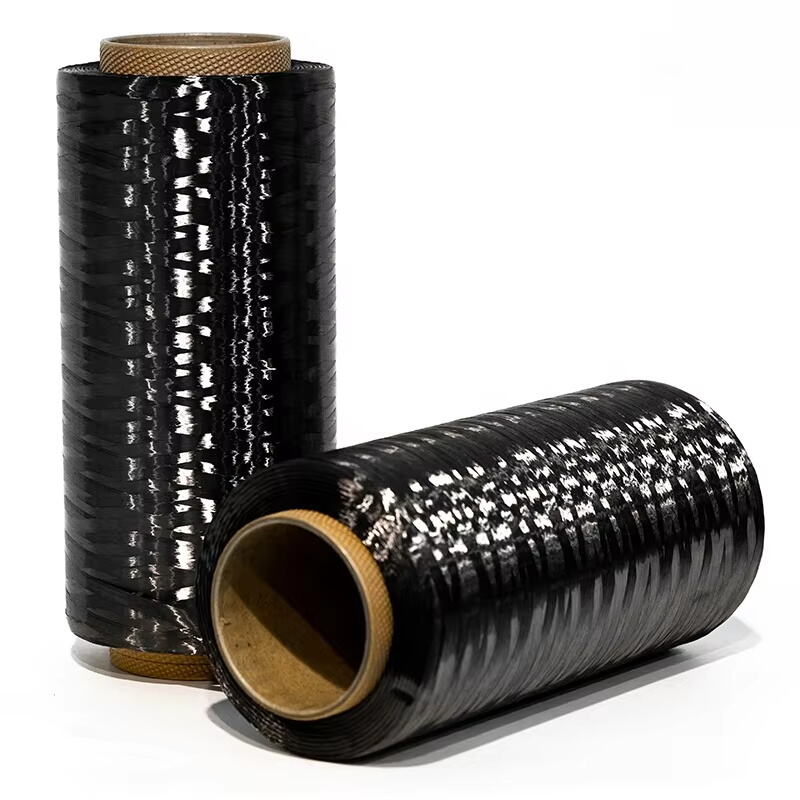Understanding Modern Industrial Winding Technology
In the realm of manufacturing and industrial processes, winding machines stand as essential equipment that revolutionizes production efficiency across multiple sectors. These sophisticated devices perform the crucial task of coiling various materials onto cores, spools, or reels with precision and consistency. From textile manufacturing to electrical components, winding machines have become indispensable in modern industrial operations.
The evolution of winding machines has led to remarkable advancements in automation, precision control, and versatility. Today's winding machines incorporate cutting-edge technologies like servo motors, tension control systems, and programmable logic controllers to ensure optimal winding quality and production efficiency.
Primary Categories of Industrial Winding Systems
Precision Coil Winding Machines
Precision coil winding machines represent the pinnacle of accuracy in the winding industry. These specialized machines excel in creating electromagnetic components such as transformers, inductors, and solenoids. Their distinguishing feature lies in their ability to maintain exact wire spacing and tension throughout the winding process, ensuring consistent electrical properties in the final product.
Modern precision winding machines incorporate advanced features like automatic wire guidance systems, programmable winding patterns, and real-time tension monitoring. These capabilities make them invaluable in industries where component reliability is paramount, such as aerospace and medical device manufacturing.
Textile Winding Equipment
The textile industry relies heavily on specialized winding machines designed to handle various types of yarns and threads. These machines must accommodate different material properties while maintaining consistent tension and package formation. Textile winding machines include cone winders, cheese winders, and precision cross-winding systems.
Advanced textile winding machines feature electronic yarn clearers, automatic package doffing, and sophisticated tension control mechanisms. These features ensure high-quality yarn packages while minimizing production downtime and material waste.
Specialized Applications and Industry Solutions
Film and Foil Winding Systems
Film and foil winding machines cater to industries requiring precise handling of flexible materials. These specialized winding machines incorporate advanced web tension control and alignment systems to ensure wrinkle-free winding of materials like plastic films, metal foils, and composite materials.
The latest generation of film winding machines features automated splicing capabilities, edge guiding systems, and sophisticated tension control algorithms. These innovations help maintain product quality while maximizing production speeds and minimizing material waste.
Cable and Wire Processing Equipment
In the electrical and telecommunications industries, specialized winding machines handle the precise winding of cables and wires. These machines must accommodate various cable sizes and types while ensuring proper lay patterns and tension control. Modern cable winding machines incorporate features like automatic length measurement, cut-to-length capabilities, and integrated testing systems.
The advancement of cable winding technology has led to the development of multi-axis winding systems capable of handling complex cable assemblies and custom winding patterns. These machines often include integrated quality control features to ensure compliance with industry standards.

Advanced Features and Control Systems
Automation and Interface Technologies
Modern winding machines leverage sophisticated automation systems to enhance productivity and consistency. These systems typically include touchscreen interfaces, recipe management capabilities, and network connectivity for production monitoring and data collection. The integration of Industry 4.0 technologies enables real-time process optimization and predictive maintenance.
Advanced control systems in winding machines often incorporate machine learning algorithms to optimize winding parameters automatically. This capability reduces setup time and ensures consistent quality across production runs while minimizing operator intervention.
Tension Control and Quality Monitoring
Precise tension control remains a critical aspect of winding machine technology. Contemporary systems employ advanced sensors and control algorithms to maintain optimal tension throughout the winding process. This technology ensures uniform product quality and prevents material damage during winding operations.
Quality monitoring systems integrated into modern winding machines can detect defects in real-time and automatically adjust process parameters to maintain product specifications. These capabilities significantly reduce waste and improve overall production efficiency.
Maintenance and Operational Considerations
Preventive Maintenance Strategies
Maintaining winding machines requires a comprehensive approach to ensure optimal performance and longevity. Regular maintenance routines should include inspection of critical components, lubrication of moving parts, and calibration of control systems. Implementing predictive maintenance techniques helps prevent unexpected downtime and extends equipment life.
Modern winding machines often include built-in diagnostic systems that monitor component health and alert operators to potential issues before they cause production problems. This proactive approach to maintenance helps optimize machine availability and reduce maintenance costs.
Operator Training and Safety Protocols
Proper operator training plays a crucial role in maximizing the benefits of winding machine technology. Comprehensive training programs should cover machine operation, quality control procedures, and troubleshooting techniques. Safety protocols must be emphasized to protect operators and maintain consistent product quality.
Advanced winding machines incorporate numerous safety features, including emergency stop systems, guard interlocks, and operational safeguards. Regular safety training and compliance monitoring ensure safe and efficient machine operation.
Frequently Asked Questions
How do winding machines maintain consistent tension throughout the process?
Winding machines utilize sophisticated tension control systems that combine sensors, servo motors, and advanced algorithms to monitor and adjust material tension continuously. These systems compensate for changes in package diameter and material properties to maintain uniform tension throughout the winding process.
What factors should be considered when selecting a winding machine?
Key considerations include the type of material being wound, required production speed, precision requirements, package size specifications, and automation needs. Additional factors include maintenance requirements, operator expertise, and integration capabilities with existing production systems.
How do modern winding machines contribute to quality control?
Contemporary winding machines incorporate various quality control features, including real-time monitoring systems, automated defect detection, and integrated testing capabilities. These features help ensure consistent product quality while minimizing waste and reducing the need for manual inspection.
What maintenance practices ensure optimal winding machine performance?
Regular maintenance should include component inspection, lubrication, calibration of control systems, and cleaning of critical areas. Implementing predictive maintenance strategies and following manufacturer recommendations helps maximize machine reliability and longevity while minimizing unexpected downtime.


